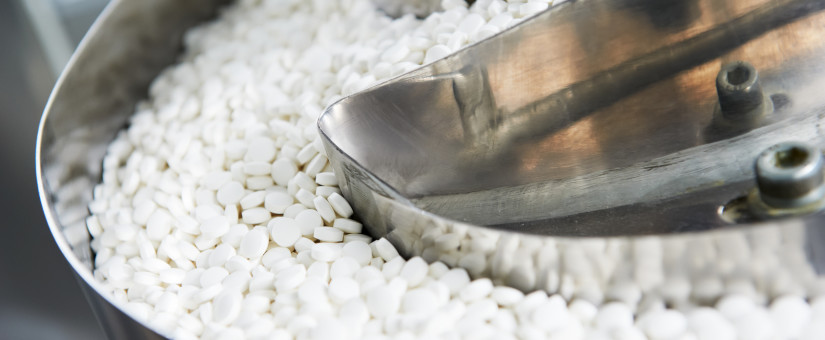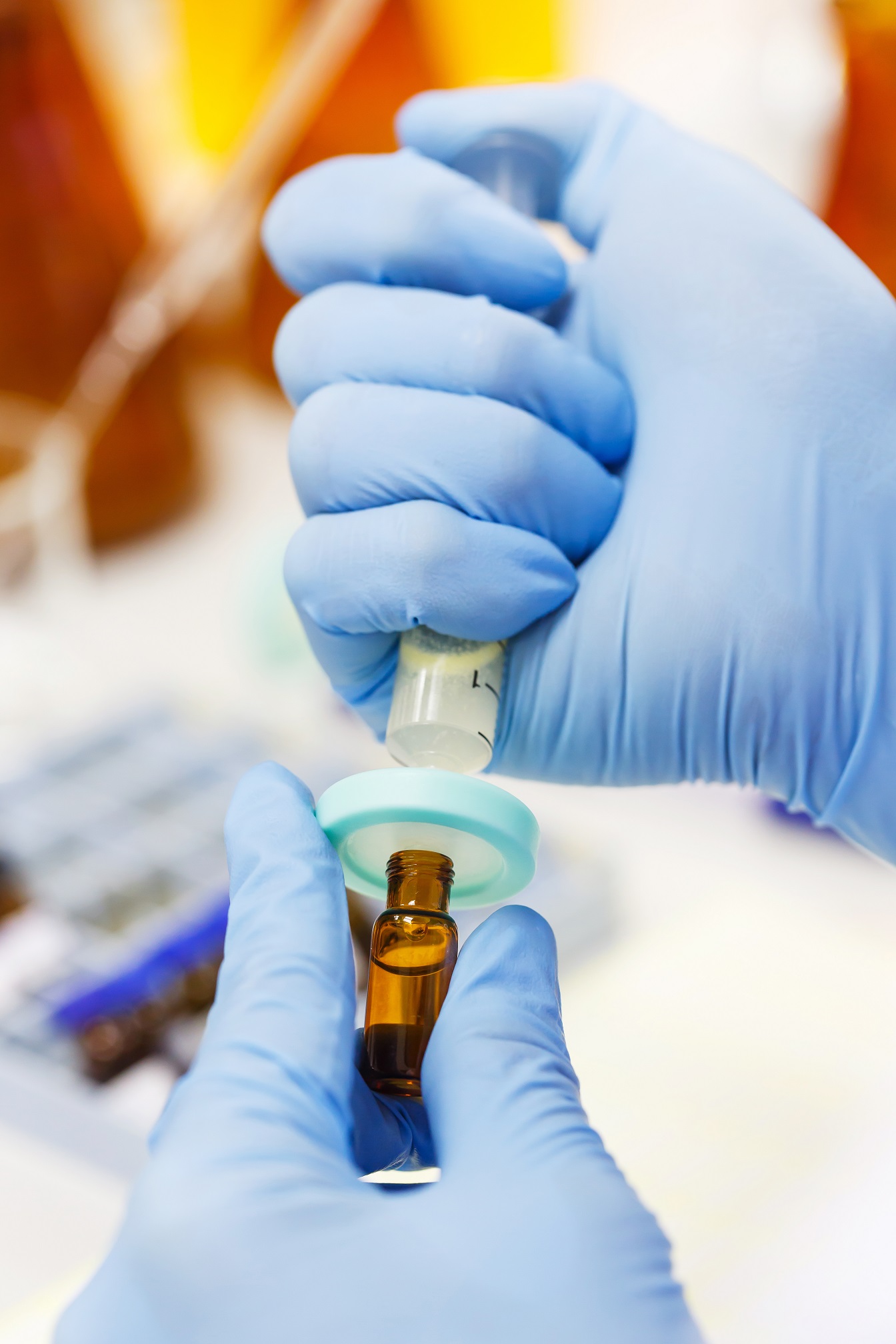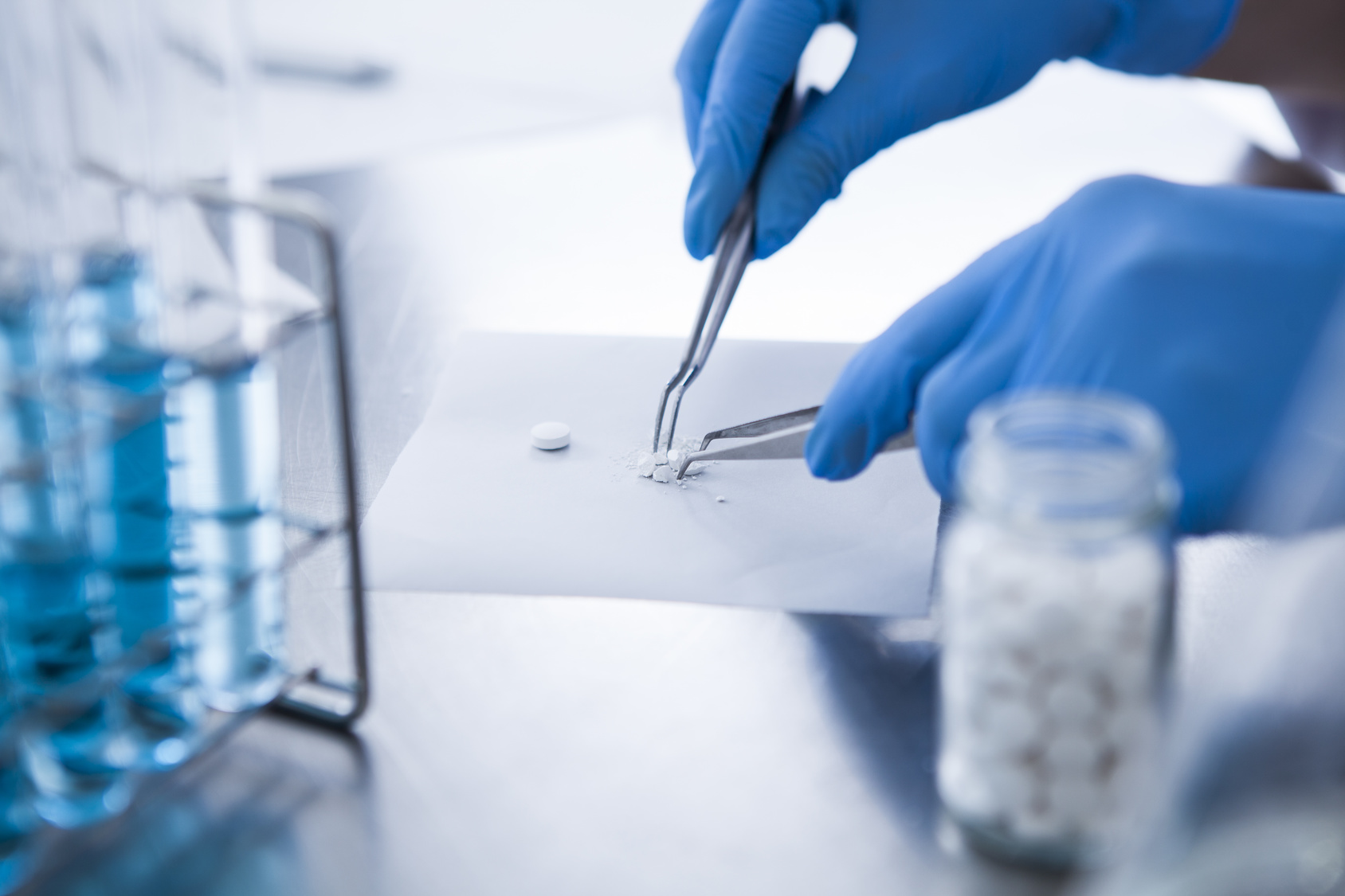
Metformin diabetes medicines and N-nitrosodimethylamine (NDMA) – a probable human carcinogen
- 7 December 2019
- acceptable, active substance, AI, API, authority, cancer, carcinogen, CEP, daily, diabetes, drug, drug product, EDQM, EMA, EU, FDA, GMP, HCl, HSA, human, hydrochloride, ICH M7, impurity, intake, investigation, manufacturing process, market, medicinal product, medicines, metformin, N-nitrosodimethylamine, NDMA, nitrosamine, recall, root cause, Streuli Pharma AG, Swissmedic, type 2, withdrawal,

NEW! URGENT! Update [19/10/2020]
EMA and EU national competent authorities will be contacting all marketing authorisation holders of metformin-containing medicines, used for the treatment of diabetes, to request they implement testing of the medicines for the presence of nitrosamines before they are released onto the market.
This is a precautionary step to ensure patient safety while ongoing investigations on these medicines are being finalised. The request is in line with this year’s Article 5(3) review, which introduced measures required of companies to limit the presence of nitrosamines in medicines. Regulatory authorities will carefully monitor the responses to this request and take appropriate action where necessary.
The presence of nitrosamine in metformin medicines is under ongoing investigation since a nitrosamine called N - nitrosodimethylamine (NDMA) was found in some EU batches earlier this year.
EMA is aware that trace amounts of an impurity, N-nitrosodimethylamine (NDMA), have been found in a small number of metformin diabetes medicines outside the EU.
At this point, there are no data indicating that EU metformin medicines are affected. Authorities in the EU are in the process of working with companies to test EU medicines and will provide further updates as more information becomes available.
Patients in the EU should continue taking their metformin medicines as normal. The risk from not having adequate diabetes treatment far outweighs possible effects of the low levels of NDMA seen in tests. Healthcare professionals should remind patients of the importance of keeping their diabetes under control. They should continue prescribing metformin medicines as normal and await further information from authorities in the EU.
Metformin is widely used alone or in combination with other medicines to treat type 2 diabetes.

Update [23/09/2020]
The CMDh requests that MAHs submit the test results of batches of API and finished products (marketed and awaiting release) and the investigation report comprehensive of corrective actions and preventive actions at the latest by 1 October 2020, if not already done so. All known and potential root causes, including packaging materials utilised and any source of nitrosating agents, should be taken into account in the investigation.
MAHs are reminded of their obligations in accordance with requirements in Directive 2001/83/EC and its Annexes to ensure that the quality of each batch of their finished product is fully satisfactory.
Metformin hydrochloride
Update [17/12/2019]
The company Streuli Pharma AG (Switzerland) withdraws from the market, to the retail level, 20 batches of Metformin Streuli preparation. The reason for this recall is minimal contamination with nitrosamine, NDMA, which was detected in the finished product.
This withdrawal is communicated by circular to clients who received delivery of the product.
Update [16/12/2019]
Like the national regulatory authority HSA (Health Sciences Authority) in Singapore, the Swissmedic (Swiss Agency for Therapeutic Products) laboratory (OMCL) has detected levels of contamination with NDMA that exceed the internationally tolerated safety limit for medicinal products in certain metformin preparations. The laboratory tests will continue until Swissmedic is certain that all Swiss metformin products are of flawless quality.
The active substance metformin is used in the treatment of type 2 diabetes to lower blood sugar levels and improve sugar metabolism by the body. Because diabetes preparations containing this active ingredient are widely used for treating type 2 diabetes, the extent and causes of the discovered cases of contamination will be carefully investigated in order to identify affected batches and take them off the market.

It should be remained here, that in Singapore, three metformin medicines have been found to contain trace amounts of a nitrosamine impurity, N - nitrosodimethylamine (NDMA), which are above the internationally acceptable level. As a precautionary measure, the Health Sciences Authority (HSA) is recalling these three metformin medicines that are used to control high blood sugar levels in diabetic patients.
HSA has tested all 46 locally marketed metformin medicines. 3 out of 46 metformin medicines were found to contain NDMA above the acceptable level. The other 43 metformin medicines are not affected. Those 3 affected medicines have only been supplied locally for a short period of time since last year.
Testing method developed by the HSA for the identification and determination of a nitrosamine impurity, NDMA in metformin products is available here.
The testing method above provide options and guidance for the industry to detect NDMA in metformin products. This method should be validated by users to ensure they are fit for their intended use.

FDA
On 5 December 2019, the U.S. Food and Drug Administration announced that the agency is aware that some metformin diabetes medicines in other countries were reported to have low levels of N-nitrosodimethylamine (NDMA). The FDA is investigating whether metformin in the U.S. market contains NDMA, and whether it is above the acceptable daily intake limit of 96 nanograms. The agency will also work with companies to test samples of metformin sold in the U.S. and will recommend recalls as appropriate if high levels of NDMA are found. If as part of this investigation, metformin drugs are recalled, the FDA will provide timely updates to patients and health care professionals.
Update [04-05/06/2020]
On 28 May 2020, the U.S. Food and Drug Administration announced that agency laboratory testing has revealed levels of the nitrosamine impurity N-Nitrosodimethylamine (NDMA) above the agency’s acceptable intake limit in several lots of the extended-release (ER) formulation of metformin, a prescription drug used to control high blood sugar in patients with type 2 diabetes. The agency is in contact with five firms to recommend they voluntarily recall their products. There are additional manufacturers of the metformin ER formulation that supply a significant portion of the U.S. market, and their products are not being recalled. The FDA is continuing to work closely with manufacturers to ensure appropriate testing. Assessments are underway to determine whether metformin ER recalls will result in shortages and the agency will work closely with manufacturers to prevent or reduce any impact of shortages.
On 5 June 2020, the U.S. Food and Drug Administration released its results of laboratory analysis of metformin products. These results are available here.
As was mentioned above, FDA testing has found NDMA in certain lots of extended release (ER) metformin and is recommending companies recall lots with levels of NDMA above the acceptable intake limit of 96 nanograms (0.096 micrograms) per day.
Patients should continue taking metformin tablets even after recalls occur, until they consult with their health care professional who can prescribe a replacement. Patients with type 2 diabetes could face dangerous health risks if they stop taking their prescribed metformin. The FDA recommends that health care professionals continue to prescribe metformin when clinically appropriate; FDA testing has not shown NDMA in immediate release (IR) metformin products (the most commonly prescribed type of metformin). The agency is working with manufacturers of the recalled tablets to identify the source of the NDMA impurity. At this time, the elevated levels of NDMA have been found in some finished-dose tablets of the ER formulation but have not been detected NDMA in samples of the metformin active pharmaceutical ingredient.

The agency is also asking all manufacturers of metformin containing ER products to evaluate the risk of excessive NDMA in their product and to test each batch before it is released into the U.S. market. If testing shows NDMA above the acceptable intake limit, the manufacturer should inform the agency and should not release the batch to the U.S. market.
Recently, the FDA became aware of reports of higher levels of NDMA in certain ER formulations of metformin via a citizen petition filed by a private laboratory. FDA laboratories tested the same metformin lots that the private laboratory found to contain NDMA above the acceptable intake limit. The agency confirmed unacceptable NDMA levels in some, but not all, of those lots. In other instances, FDA laboratory detected NDMA in lots that the private laboratory did not. The agency also found that the levels of NDMA, when present, were generally lower than reported by the private laboratory. Given FDA scientists’ deep experience quantifying these impurities in drugs, the agency is confident in the reliability of the FDA’s testing method and results and will continue to take action based on the latest scientific information. The results have also been consistent with the findings of other regulatory agencies’ laboratories around the world.
An LC-MS testing method developed by the FDA for the detection of NDMA in metformin drug substance and drug products is available here.
There are multiple reasons for the presence of NDMA in drugs. The FDA has previously found that the source of NDMA can be related to the drug’s manufacturing process or its chemical structure or even the conditions in which they are stored or packaged. As food and drugs are processed in the body, nitrosamines, including NDMA, can be formed.
The U.S. Food and Drug Administration published also Questions and Answers on NDMA impurities in metformin products for more information.
Update [21/02/2020]

The U.S. Food and Drug Administration posted laboratory results showing N - Nitrosodimethylamine (NDMA) levels in some metformin products approved in the U.S. FDA has determined that the levels of NDMA in metformin products tested range from not detectable to low levels. FDA has identified low levels of NDMA in some samples of metformin drug products but has not identified NDMA in metformin active pharmaceutical ingredient (API). To date, no sample of metformin that FDA has tested exceeds the acceptable daily intake for NDMA. To date, FDA has not recommended metformin recalls in the U.S.

Metformin is a prescription drug used to control high blood sugar in patients with type 2 diabetes. Patients should continue taking metformin to keep their diabetes under control. It could be dangerous for patients with this serious condition to stop taking their metformin without first talking to their health care professional. The FDA recommends prescribers continue to use metformin when clinically appropriate, as the FDA investigation is still ongoing, and there are no alternative medications that treat this condition in the same way.
The FDA will continue to investigate the source of nitrosamines impurities, but it is important to note that there are multiple reasons why NDMA can be present in drugs. The source of NDMA can be related to the drug’s manufacturing process or its chemical structure or even the conditions in which they are stored or packaged. As food and drugs are processed in the body, nitrosamines, including NDMA, can be formed. The FDA continues to test and research possible sources for the several drugs found to contain NDMA.
As investigations and testing continues, along with the investigations done by other drug regulatory agencies, low levels of nitrosamines in additional drugs may be found.
Source: EMA, CMDh, EDQM, FDA, Swissmedic, HSA
Related entries:




